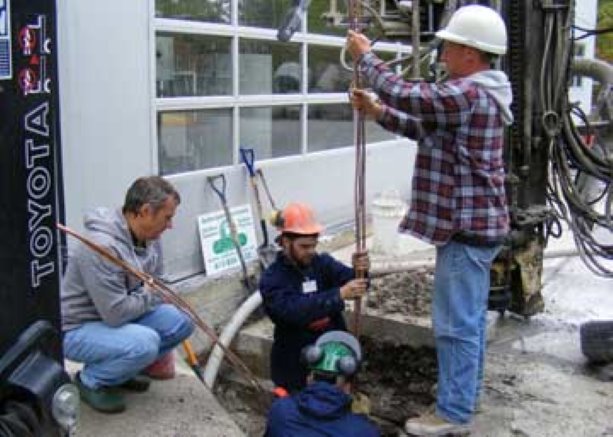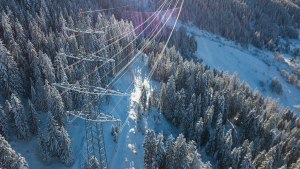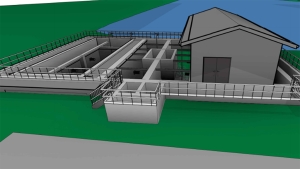The Canadian geothermal industry got a boost recently with the announcement that heat pumps employing a technology called direct expansion now qualify for grant money under the federal EcoEnergy program.
Gas-based technology wins CSA, federal agency approval
The Canadian geothermal industry got a boost recently with the announcement that heat pumps employing a technology called direct expansion now qualify for grant money under the federal EcoEnergy program.
The program specifies that to qualify for grants, geothermal systems must comply with CSA standard C-448. That posed a problem for manufacturers and suppliers of direct expansion systems because they had been excluded from the standard.
However, after an intensive effort by the industry, the Canadian Standards Association amended C-448 to include direct expansion systems, and Natural Resources Canada followed that with the announcement that those systems would qualify for EcoEnergy grants. The grant program runs until the spring of 2011.
Denis Tanguay, president of the Canadian GeoExchange Coalition, the industry’s trade association, said he is pleased with the announcement. But, he added, “it has always been and always will be a puzzle as to why this particular technology <0x2026> (was) explicitly excluded from the C-448 standard.”
Direct expansion, or DX, systems were developed in Canada and are sold in other countries as well.
They use a gaseous refrigerant instead of glycol in their ground loops, which are made of copper instead of high-density polyethylene.
They require no circulating pump, and are often more efficient than conventional heat-pump systems. As well, the boreholes needed are much shallower than those required by other ground-source systems.
Regulations dictate that people working with refrigerants be certified refrigeration technicians.
DX installers, therefore, must have a refrigeration ticket, not just a geothermal installers’ course.
With DX systems excluded from the grant program, sales suffered, Tanguay said, and “many contractors have suffered financially” as a result. But with grants now available, he said he expected sales to improve.
That would seem to be borne out by the experience of Geologic Heating, an Ottawa installer of all kinds of heat pump systems, including DX.
John Lobb, the company’s vice-president and director of marketing, said three confirmed DX system orders were received within minutes of the announcement that they would qualify for grants.
Geologic has also done commercial installations, including one for an RCMP training building in Ottawa. That job, Lobb said, was a DX system with three pumps using 12 loops that were installed under the parking lot.
His firm has also installed a DX unit at NRCan’s Ottawa campus so that researchers there can use it to assess some new portable power units.
Grants and rebates for approved geothermal installations in Ontario can exceed $10,000 for each residential unit.
Geothermal contractors say using their systems for heating and cooling will usually save somewhere close to 50 per cent in annual operation costs.
The International Ground Source Heat Pumps Association calls geothermal technology one of the most efficient residential heating and cooling systems available, with heating efficiencies 50 to 70 per cent higher than other heating systems, and cooling efficiencies 20 to 40 per cent higher than conventional air conditioners.
Still, the geothermal industry has failed thus far to capture the public imagination or the investment dollars that solar and wind power have. It still represents less than one per cent of the residential market, largely because of high up-front costs.
Residential installations totalled about $85 million in 2007, Tanguay said, and 2008 showed an increase of about 65 per cent.
He suggested that might represent about half the total installations, but could provide no figures for commercial installations because they weren’t part of the EcoEnergy program, and so were not certified by his association.
Direct comparisons are difficult, he said, “because commercial installations usually mean more than one pump.”
“As an example, a university campus might be a single project, but it might involve installation of 65 pumps.”>>











Recent Comments
comments for this post are closed